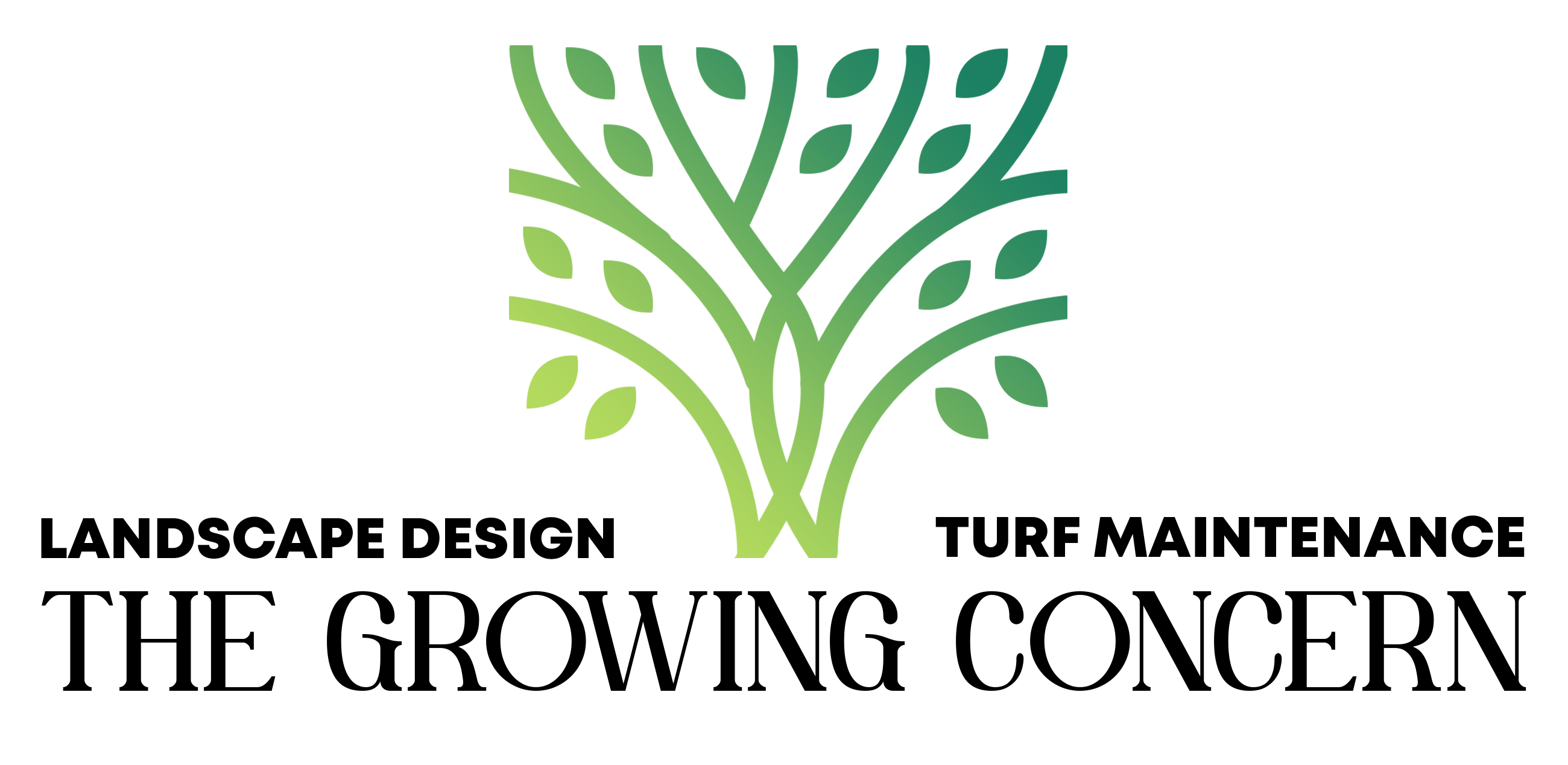Creating a captivating outdoor design involves much more than simply arranging plants and laying down a few hardscape elements. It’s about crafting an environment that harmonizes beauty, function, and personal expression. To achieve a truly enchanting outdoor space, consider these key elements that contribute to captivating outdoor designs:
1. Strategic Layout and Flow
The layout of your outdoor space is the foundation of any successful design. A well-thought-out layout ensures that the space is functional, inviting, and easy to navigate. Consider how different areas of the landscape will be used—whether for entertaining, gardening, or relaxation—and design pathways and transitions that facilitate smooth flow between these areas. Incorporate both formal and informal paths to guide movement and create visual interest.
2. Dynamic Plant Selection and Placement
Plants are essential to outdoor design, providing color, texture, and structure. Select a mix of plants that offer year-round interest, from flowering perennials and vibrant annuals to evergreens and ornamental grasses. Consider plant placement carefully, grouping plants with similar needs and creating layers of height and texture. Incorporate seasonal variations to ensure that the landscape remains attractive throughout the year.
3. Architectural Elements
Incorporating architectural elements such as pergolas, trellises, and arbors adds structure and character to your outdoor design. These features not only enhance the aesthetic appeal but also provide functional benefits, such as creating shaded areas or supporting climbing plants. Well-designed architectural elements can serve as focal points or frame important views, adding depth and dimension to the landscape.
4. Engaging Hardscaping Features
Hardscaping includes non-plant elements like patios, walkways, retaining walls, and outdoor kitchens. These features play a crucial role in defining the character of your outdoor space and providing practical areas for use. Choose materials that complement the style of your home and garden, and consider incorporating textures and colors that harmonize with the natural surroundings. Hardscaping can also be used to create defined zones, such as dining areas or relaxation spots.
5. Thoughtful Lighting Design
Lighting is key to enhancing the beauty and functionality of your outdoor space, both during the day and at night. Incorporate a combination of ambient, task, and accent lighting to highlight architectural features, illuminate pathways, and create a warm, inviting atmosphere. Use lighting to accentuate focal points, such as a striking water feature or a beautifully landscaped garden bed, and ensure that safety is a priority in areas with foot traffic.
6. Water Features and Focal Points
Water features, such as fountains, ponds, and waterfalls, add a soothing and dynamic element to your outdoor design. The sound of flowing water can create a tranquil ambiance and mask unwanted noise. Design your water feature to complement the overall theme of your landscape and ensure it serves as a focal point that draws the eye and invites exploration.
7. Outdoor Furniture and Accessories
Selecting the right outdoor furniture and accessories can significantly enhance the comfort and functionality of your space. Choose furniture that suits your lifestyle and complements the style of your landscape. Incorporate accessories like cushions, rugs, and outdoor art to add personality and comfort. Ensure that your furniture arrangement facilitates conversation and relaxation, creating a space where you and your guests can truly enjoy.
8. Sustainable and Eco-Friendly Practices
Incorporating sustainable practices into your outdoor design not only benefits the environment but also enhances the overall appeal of the space. Use native plants that require less water and maintenance, implement rainwater harvesting systems, and choose eco-friendly materials for hardscaping. Sustainable design practices contribute to a healthier environment and create a landscape that is both beautiful and responsible.
9. Personal Touches and Customization
Finally, adding personal touches and customizing your outdoor design ensures that the space reflects your unique style and preferences. Incorporate elements that hold personal significance, such as family heirlooms, favorite colors, or cherished plants. Custom features, like a bespoke seating area or a personalized garden sculpture, can make your outdoor space truly one-of-a-kind.

